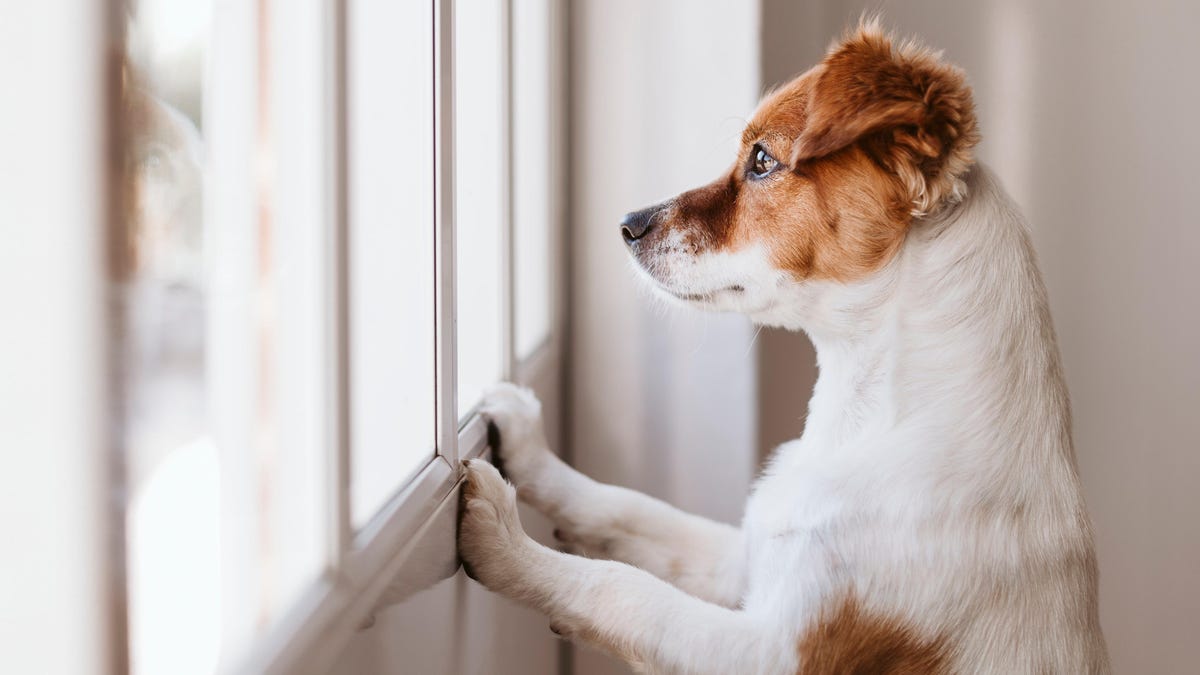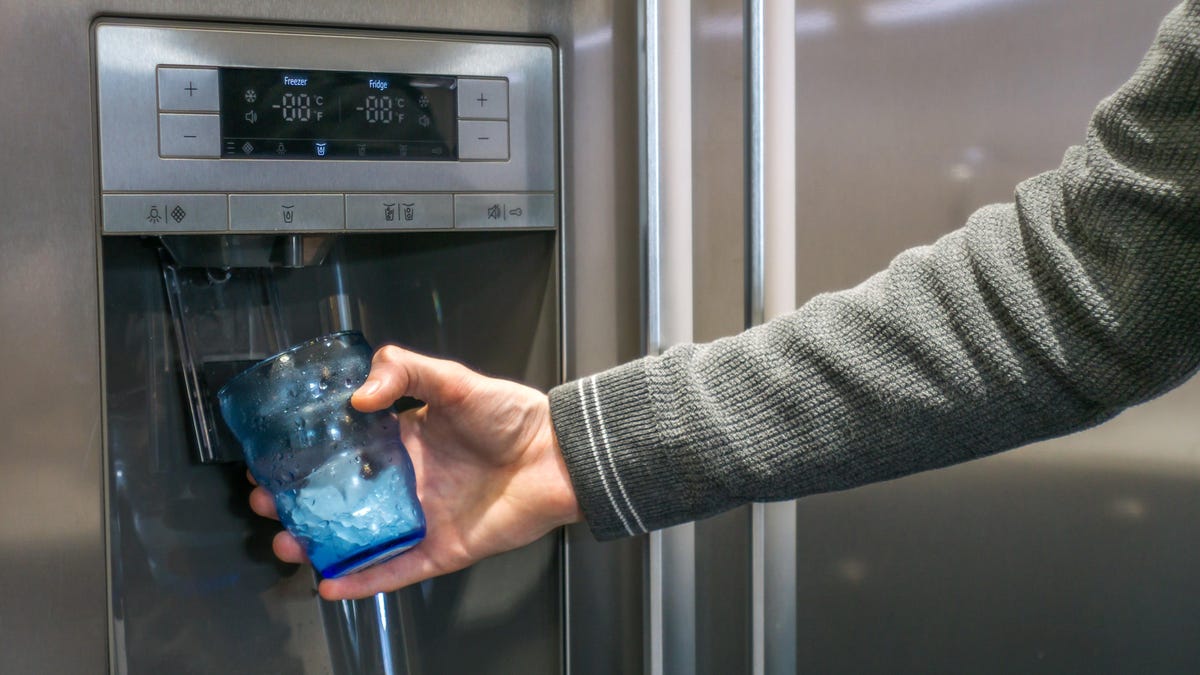The Best Ways to Pet-Proof Your Home When You Leave Them Alone
As much as we might like to stay at home with our pets—or take them with us everywhere we go—there are times when we have to leave them alone and unattended. This leaves plenty of opportunity for them to...

As much as we might like to stay at home with our pets—or take them with us everywhere we go—there are times when we have to leave them alone and unattended. This leaves plenty of opportunity for them to get into trouble, intentional or not, unless common household hazards are minimized.
If he wasn’t crated when we leave the house, my smart and curious Border Collie would quickly find a job to do that would inevitably wreak havoc on both him and our space. Even when we are at home, there are certain pet-proofing steps we’ve taken to minimize the risk of him getting into trouble when we aren’t looking.
Whether you’re leaving your pet out and unsupervised for a few hours or a whole day, there are precautions you can take to keep them safe.
Home hazards for pets
Our homes are full of items that can lead to injury, choking, poisoning, or simply a mess if accessible to our pets:
Trash binsCleaning suppliesCosmeticsMedicationFoodPlants and flowersWiresSmall objects (kids’ toys, jewelry, ear buds, hair ties, etc.)Clothing (underwear and socks, for example)These treat puzzle toys can help keep your pooch from becoming too bored:
The Nina Ottosson Dog Brick that has three types of treat hiding compartmentsThis treat feeder that has two different levels of difficultyThis interactive chase toy that is perfect for small dogsThe classic Kong treat dispenserHow to pet-proof your home
Make a lap around your house to take an inventory of common hazards. Kitchens and bathrooms are particularly rife with opportunities for pets to get into trouble, but clutter in living and sleeping spaces can also put pets at risk.
Put products in drawers or cabinets
Shut cleaning supplies, detergents, medications, cosmetics, and other chemicals in drawers or cabinets (ideally that can be secured with a child lock). As a last resort, you can put these items on very high shelves, though cats may be able to knock things off if they are exposed.
Put food and plants away
Similarly, don’t leave food out on counters or tables—if possible, find space in your refrigerator, pantry cabinets, or bins with lids for produce, pastries, and wrapped items. Even if the food isn’t toxic for your pet, they probably don’t need to be consuming it.
While you’re at it, make sure you know which plants and flowers in your home are poisonous to your pet if consumed and which are pet-safe. Put the former out of reach or in a space your pet can’t access.
Lock or put away trash bins
Always use trash bins with lids, ideally ones that lock. Otherwise, stick your smaller bins in a cabinet (in the bathroom, for example) or in a room that you can close off access to.
Close or cover vents, doors, and lids
Pets can find their way into small spaces where they can get stuck or simply make a mess. Shut the lids to your toilets, close and latch washer and dryer doors, make sure air vent covers are secure, and lock cabinets that are within reach.
Declutter your living spaces
Put away small items that present a choking hazard, such as kids’ toys, jewelry, hair ties, and pins. Make sure wires, chargers, and cords are tied back or in a drawer or bin if not in use. Clean up socks, shoes, and any clothing items your pet likes to chew on. Make sure knives are secure.
Shut off access to parts of your home
Even if your pet is allowed to roam while you’re away, consider closing the doors to certain rooms, like the bathroom, to minimize safety hazards. Some pets can also be contained to a part of your home with baby gates.
Prepare your pet to be left at home
Make sure to leave your pet with accessible water (and food, if appropriate), as well as something to keep them occupied—they might be less likely to get into trouble if they’re not bored. Toys and treat puzzles may be good options. Make sure they have been out to go to the bathroom and exercise before you leave them for longer periods of time.
Of course, leaving your pet alone may also require some training for both you and them. This may include learning how long they can be left before needing to go out, whether they are comfortable being crated, and how much stimulation they need to not be destructive.

 Konoly
Konoly 
































